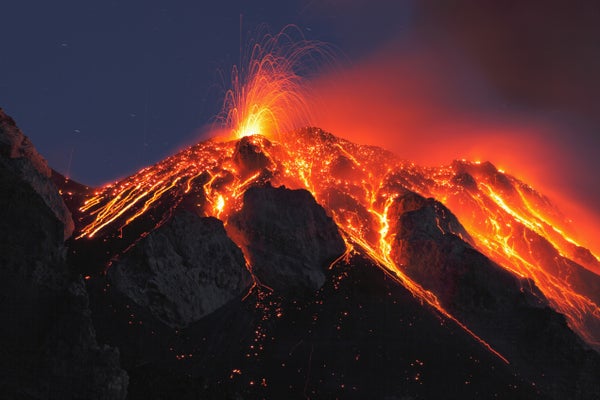Whether it’s natural gas drilling unleashing a mud volcano that has engulfed 12 Indonesian villages or the eruption of Krakatoa in 1883 blanketing the world in enough particles to block out the sunshine and lower temperatures by more than a 1.8 degrees Fahrenheit (1 degree Celsius), volcanoes are among Earth's most destructive natural phenomena.
These openings, or vents, in Earth’s crust allow hot ash, steam or even magma to erupt. Lava flows can then build new land in the ocean—as in the case of Hawaii—or entomb whole cities, as in the case of Pompeii in A.D. 79.
Scientists can predict when such an eruption will occur by measuring a series of indicators, including earthquakes and gas emissions at the volcano. But these methods are not foolproof—and surprises still occur. But, at the same time, tapping the hot rocks deep beneath the surface could provide a strong and renewable source of power.
On supporting science journalism
If you're enjoying this article, consider supporting our award-winning journalism by subscribing. By purchasing a subscription you are helping to ensure the future of impactful stories about the discoveries and ideas shaping our world today.
